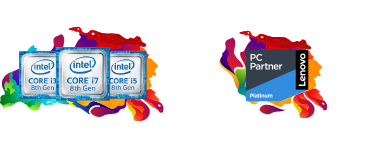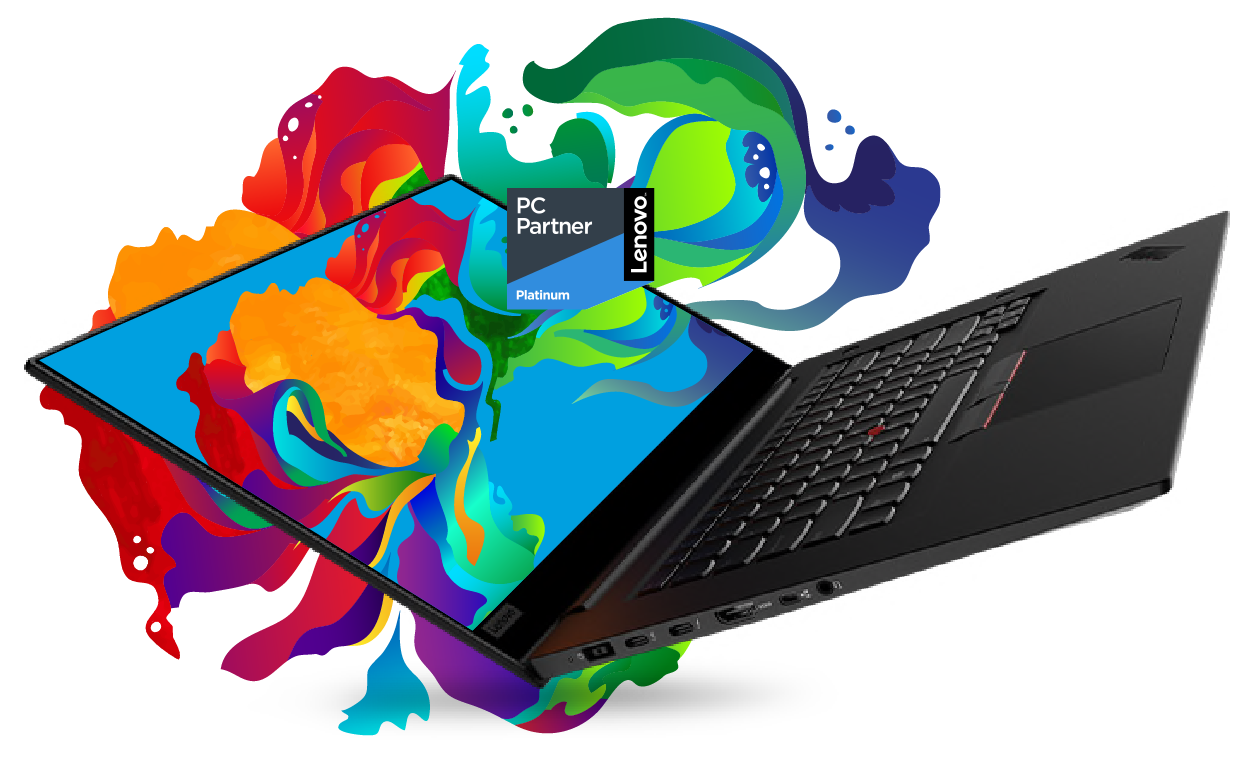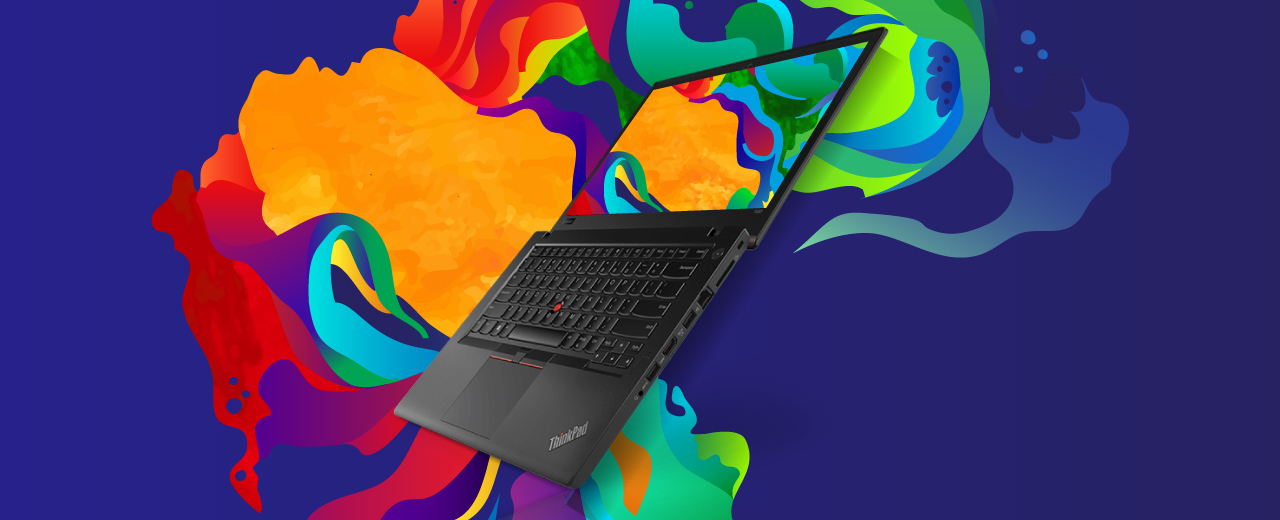On January 14th 2020, Windows 7 finally goes out of free extended support. You can carry on with it, but there'll be no updates, no tech support available and, perhaps most important, no security updates.

Every passing day will make your systems more vulnerable, unless you're happy to pay a fee for continued service. It's understandable to want to stay with something that has worked well, but the fact is the technology that got us to the moon won't even get you in the building today. In this blog, we pay affectionate tribute to a solid platform and, we hope, show that moving on doesn't have to be so hard.

As we've mentioned, Windows 7 goes EOS in 2020. If you want to keep using it, you'll need to pay for all the basic support and patching that you would expect as standard. So even if Windows 7 ‘isn't broke' in your world, you're going to have to fix it one way or the other if you don't want to take on the serious risk of a security breach or a system failure.
It may be comforting to know that you're not alone. As recently as October 2018, statisticians were arguing about whether or not more people were still using Windows 7 than had adopted Windows 10.
The primary reasons seem to include security and the challenges around migrating legacy applications – perhaps now to be known as "Lugoff Syndrome". Yet Windows 10 has already proved itself to be more secure than Windows 7, with capabilities like Windows Hello that allow for fingerprint and face recognition biometrics. And Windows 10 supports 99% of the applications that currently run on Windows 7.
So what about the plusses? Of course, I'm going to talk about the deep harmonisation of Windows 10 and Lenovo devices, which means longer battery life, optimised processor performance and an elegant weave of connectivity options, including HDMI and Thunderbolt™, dual-band WiFi, 4G LTE-A and more.
But perhaps the most important characteristic is the cloud-first, multi-device concept behind Windows 10. This is an operating system conceived for the age of agility, allowing users to work productively anywhere, on any device.
Right now, the IT world is awash with ideas of digital transformation. It means so many different things to so many people, but a universal theme at the heart of it is the ability to access information and resources securely and easily, on whatever device you prefer.
That's why migration to Windows 10 is a critical step on the road to transformation, whatever you conceive it to be. It is an operating system optimised for multiple platforms. It can follow users wherever and however they choose to work, providing a consistent and intuitive experience.
And in these disrupted digital days, where apps like Uber and WhatsApp have lifted expectations into the stratosphere, user experience is one of the most critical measures of success for any IT project.
With any change, the hardest part is accepting the fact that you need to make it. Once you make the move, it's not long before you wonder why you didn't make it long before.
So if you're seeing 2020 as the end of an era, take a closer look at what migration to Windows 10 really means. It's not about losing an old friend. It's about meeting a rejuvenated, agile and reliable partner, ready for whatever the future brings.

Upgrade with Lenovo, and discover the toughest devices that stand up to the toughest tests
The ThinkPad is the productivity powerhouse it is thanks to the 8th Gen Intel® Core™ vPro™ processors and the series of military-grade stress tests it has to endure.
Performance, heat, cold, vibration, spills, drops, and more – the ThinkPad has seen it all.
